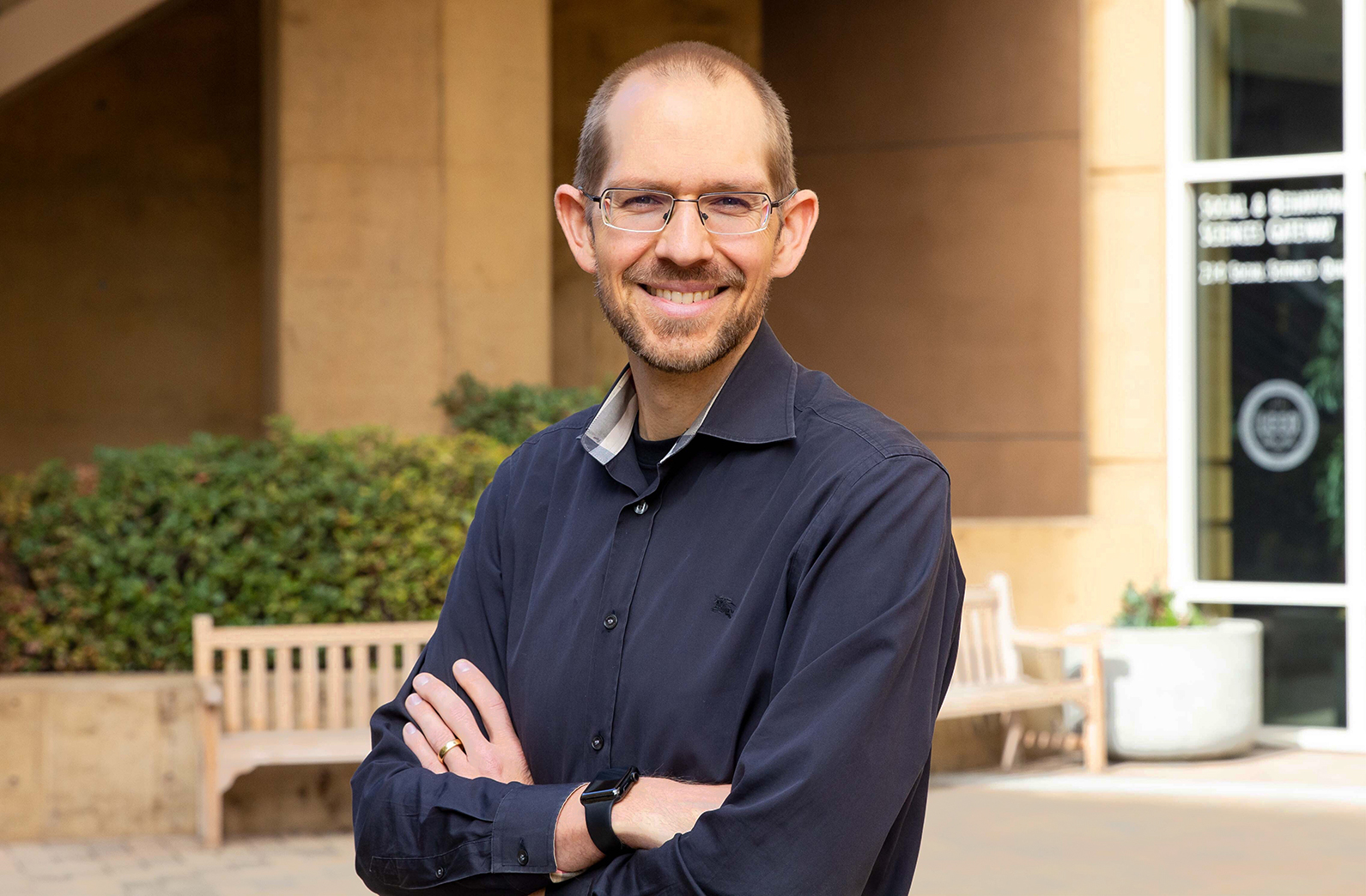Symposia
Program / Treatment Design
2 - (SYM 104) Identifying Opportunities and Research Directions to Improve Access to Suicide Prevention for Rural Latine Adolescents Through Nontraditional Service Delivery Models
- RH
Rosa Hernandez-Ramos, B.A. (she/her/hers)
Graduate Student
University of California, Irvine
Irvine, California - KW
Katherine Wislocki, B.A. (she/her/hers)
Graduate Student
University of California, Irvine
Irvine, California 
Jocelyn Meza, Ph.D.
Assistant Professor In Residence
University of California San Francisco
Los Angeles, California
Stephen M. Schueller, Ph.D. (he/him/his)
Associate Professor
University of California, Irvine
Irvine, California
Speaker(s)
Co-author(s)
Background: Suicide among adolescents in the United States has been increasing in recent years. Rates of suicide attempts for Latine adolescents are disproportionately higher, especially among those in rural areas. This public health crisis is further exacerbated by considerable disparities in access to care. Financial, structural, and logistical barriers limit rural Latine adolescents from accessing specialty mental health services. As such, nontraditional services delivery models that overcome these barriers can help provide services to rural Latine adolescents at-risk for suicide.
Methods: This literature synthesis provides an overview of three nontraditional service delivery models including lay providers, nontraditional community settings, and digital technologies Illustrative case examples are provided to demonstrate key aspects of how these nontraditional service delivery models have been previously used to improve the reach of evidence-based suicide prevention practices in low-resource settings.
Conclusions: Highlighted examples demonstrate that nontraditional service delivery models can feasibly and effectively increase access to evidence–based suicide prevention. However, most examples have used non-rural, non-Latine populations. Leveraging such models with rural Latine adolescents requires a critical consideration of the unique context that is created by the intersection of ethnicity, age, geographic location, and other aspects of their identity. Moving forward, we discuss the need for intersectionality, cultural responsiveness, and implementation-focused work in scaling these models to meet the needs of rural Latine adolescents.

